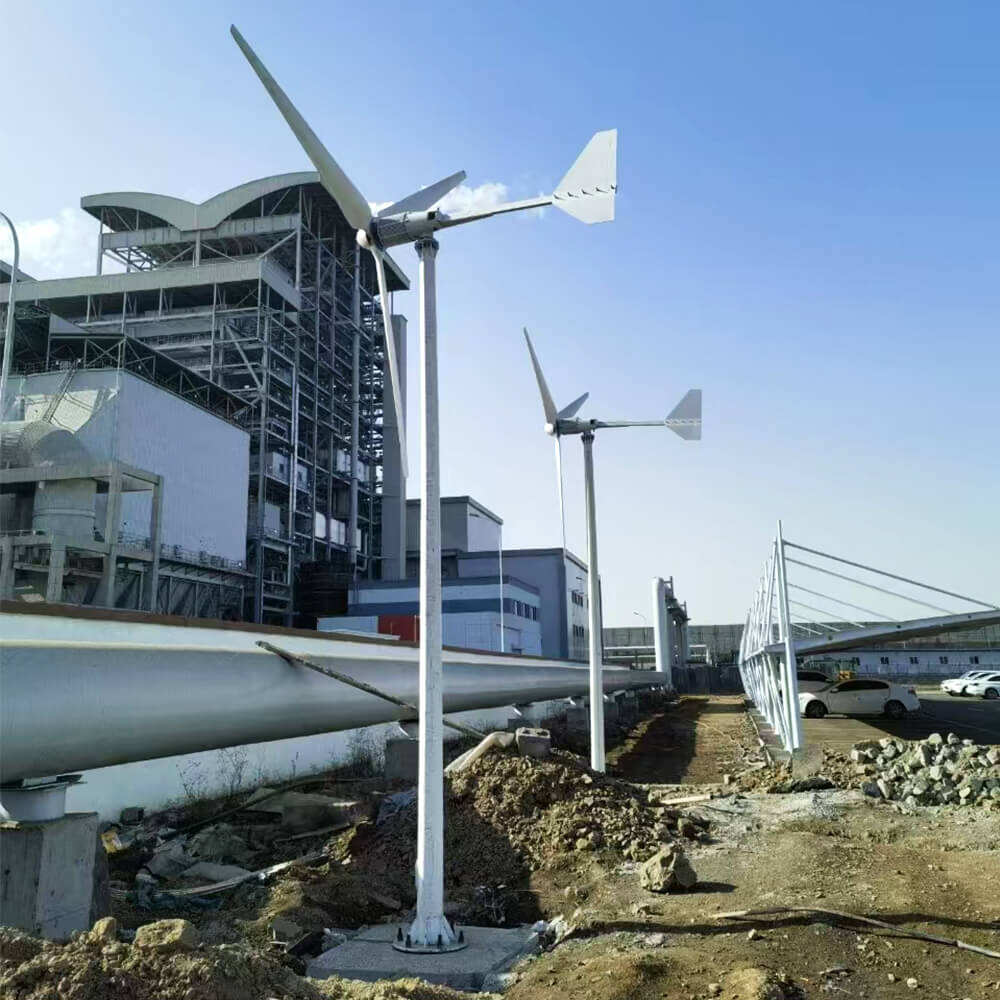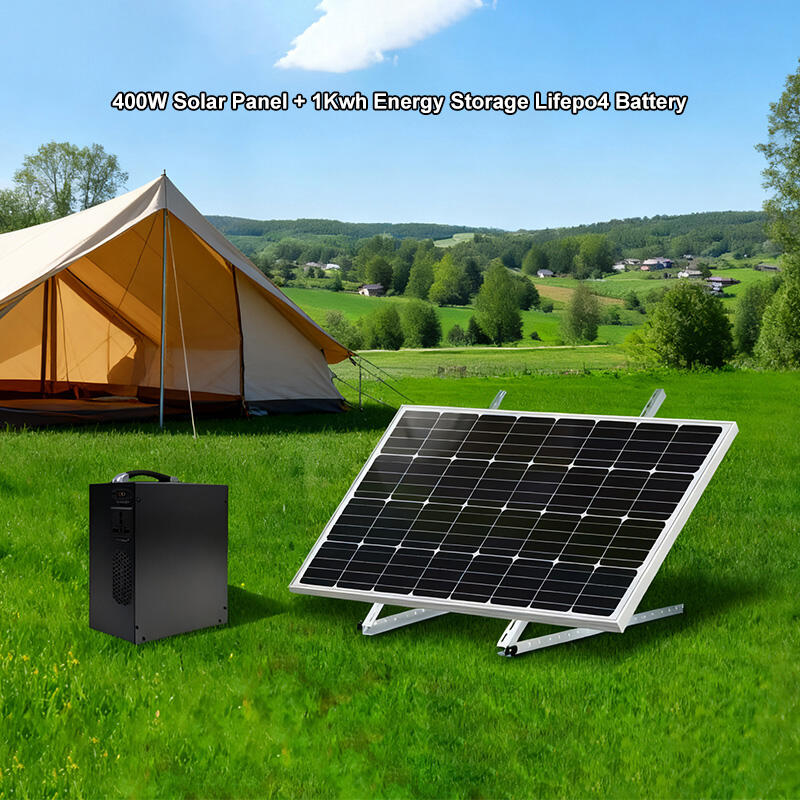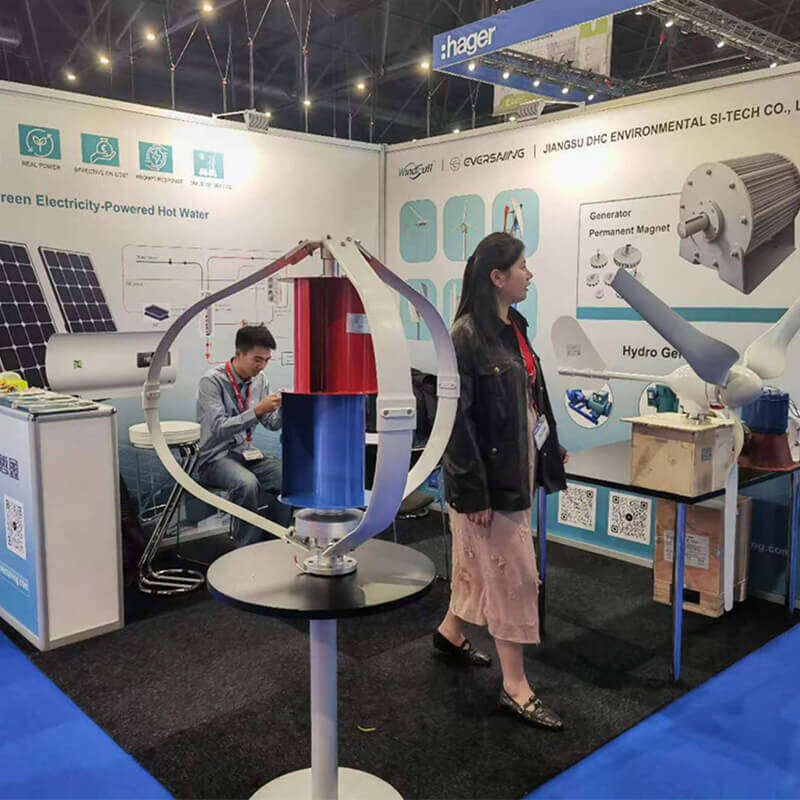Differences Between N Type and P Type Solar Cells
As the solar energy industry continues to evolve, one key technological advancement driving higher efficiency and reliability is the development of N-type solar cells. While P-type cells have long dominated the photovoltaic (PV) market, N-type cells are quickly gaining traction due to their superior performance and longer lifespan.
Material and Structural Differences
The primary distinction between N-type and P-type solar cells lies in the type of silicon used and the direction of doping. P-type solar cells are made by doping silicon with boron, which has one fewer electron than silicon, creating “holes” or positive charge carriers. In contrast, N-type solar cells are doped with phosphorus, which adds extra electrons, making them negative charge carriers. This seemingly simple difference significantly impacts the solar cell's behavior under real-world conditions.
Performance and Reliability
N-type solar cells exhibit lower susceptibility to light-induced degradation (LID), a common issue with P-type cells. They also perform better under high temperatures and low-light conditions. With higher efficiency rates—often exceeding 22%—and a longer lifespan, N-type solar cells technology is particularly suited for residential rooftops, commercial installations.
Market Outlook and Adoption
While P-type solar cells remain more affordable and widely used due to their mature production processes, the price gap is narrowing. As the demand for higher efficiency and better performance increases, especially in markets like Europe and North America, N-type cells are expected to play a leading role in the next generation of solar modules. Technologies such as TOPCON and HJT (Heterojunction) are already leveraging N-type advantages to push efficiency boundaries further.
Conclusion
With global energy policies favoring clean energy and the urgent need for higher efficiency in solar applications, N-type solar cells are positioned to become the mainstream choice in the coming years. For solar installers, project developers, and end-users seeking cutting-edge technology, now is the time to consider integrating N-type solutions into your energy portfolio.











